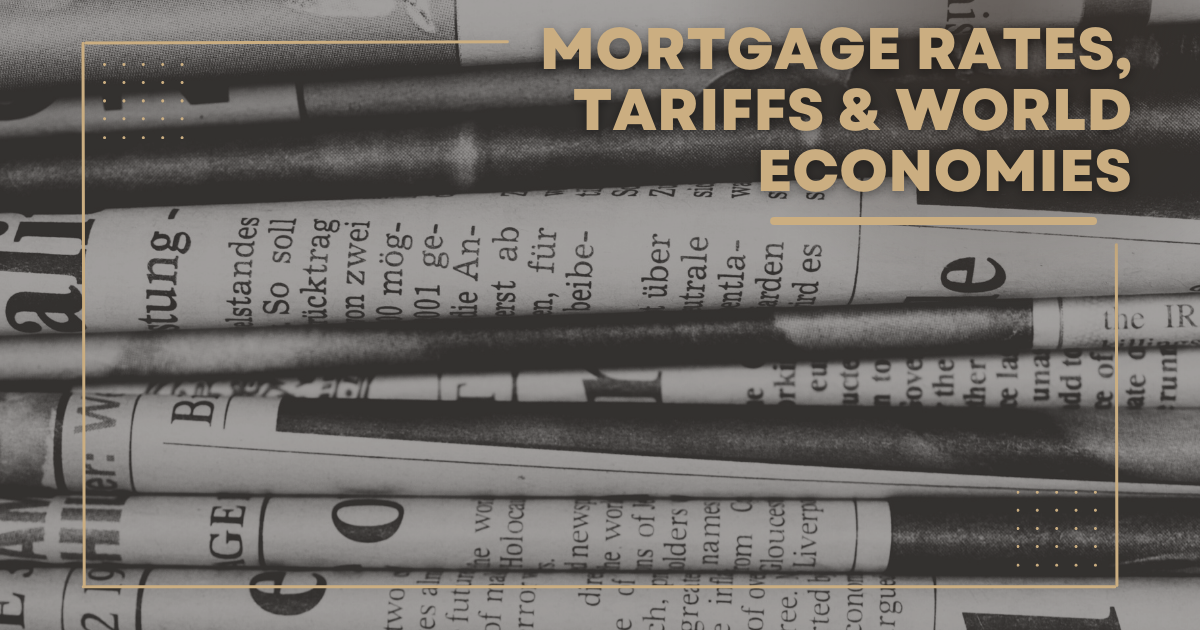The relationship between government bonds and mortgage rates is a crucial aspect to understand when financing your home. Government of Canada bonds, known for their low risk, play a significant role in determining mortgage rates. Let’s dive deeper into this relationship and its implications for those who need a mortgage.
Government bonds are considered extremely secure investments as the government fully backs them. Mortgage loans, on the other hand, carry a higher risk due to the possibility of default or early repayment. This riskier nature of mortgages requires lenders to charge higher interest rates to compensate for potential losses.
To price mortgage rates appropriately, lenders typically set a markup above the government bond yields, commonly known as the “spread.” This spread is usually around 1.2% or 120 basis points in a stable market. However, the spread can vary depending on market conditions, investor sentiment, and the availability of alternative investment opportunities.
The relationship between government bonds and mortgage rates is not fixed but instead fluctuates with changing market dynamics. For instance, during the global financial crisis of recent years, there has been a significant shift in investment preferences. Investors have sought safety in government bonds, resulting in high demand and lowered yields.
Consequently, the difference between the yields on risk-free government bonds and mortgage rates has widened considerably. This disparity is often highlighted in media discussions as “spreads.” The wide spreads we witness today indicate the unusually high difference between the two.
However, these wide spreads are likely to only persist for a while. Over time, as market conditions stabilize, the spread will narrow, putting downward pressure on fixed mortgage rates. In fact, we can already observe a gradual decrease in fixed mortgage rates due to this trend.
Understanding the significance of this relationship requires us to consider how banks generate profits. Banks primarily generate income by borrowing money from depositors at lower rates and lending it out at higher rates. Suppose an individual deposits money into a 5-year Guaranteed Investment Certificate (GIC) at a bank. The bank will pay the depositor a relatively low interest rate but aims to lend that money at higher rates.
This is where the yield on 5-year Government of Canada bonds plays a crucial role. If the bond yield is, for instance, 7%, would a bank lend money as a mortgage at 5%? They would instead opt to invest in the government bond, which offers a more attractive return. Therefore, when a bank considers lending you money for a mortgage, they aim to charge a rate that aligns with the yield on a government bond with a similar maturity length.
As a result, the significant increase in bond yields puts pressure on fixed-rate mortgages, the preferred choice for most new homebuyers. Keeping an eye on the ongoing changes in the 5-year fixed mortgage rates is worthwhile. If bond yields remain at these levels, the major banks will likely raise their posted rates by another quarter percent in the near future.
Understanding the relationship between government bonds and mortgage rates can help you navigate the complexities of mortgage financing, enabling you to make informed decisions about your mortgage. Monitoring market conditions and the impact of government bond yields on mortgage rates can provide valuable insights for prospective and existing homeowners alike.






